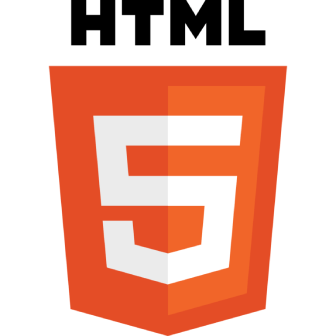
HTML (short for Hypertext Markup Language) is a computer language that composes most web pages and digital applications. Hypertext is text used to reference other pieces of text, while the HTML markup language is a series of markups that tell internet servers the style and structure of a document.





.webp)
.webp)
.webp)













